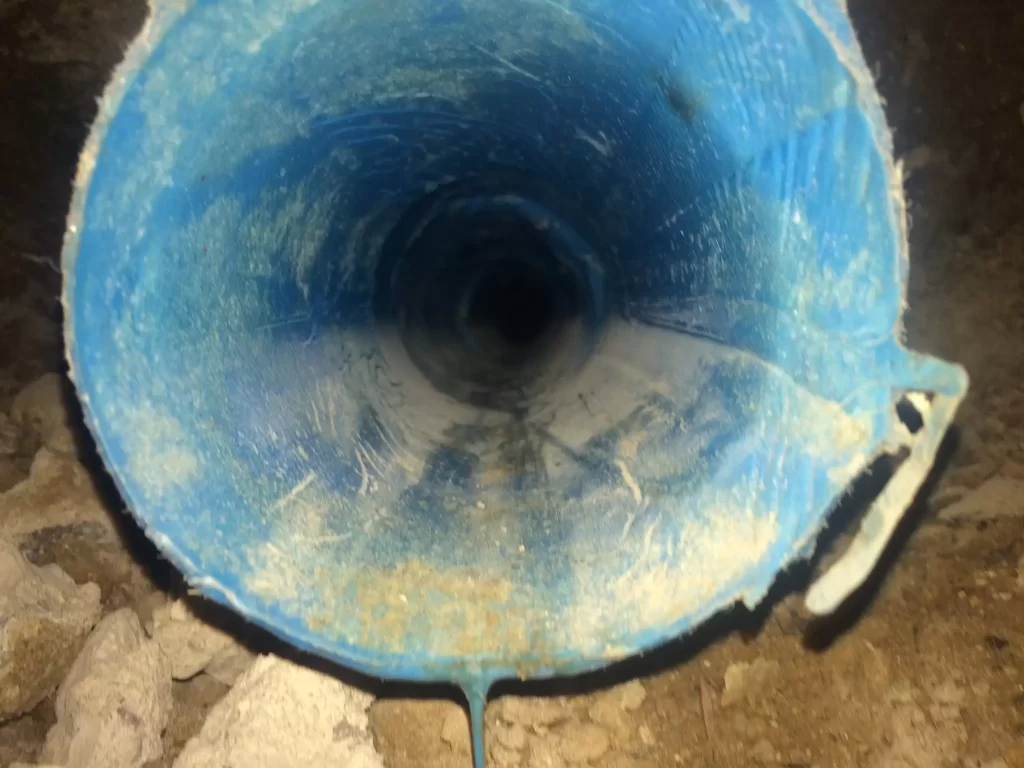Before a CIPP lining job takes place you need to ask yourself a few questions that determine the thickness of the CIPP epoxy lining. First off what is the location of the pipe you are repairing, above or below the ground? Above ground pipes, for example, are in a building’s walls. These types of pipes do not have any pressure or load put upon them however; underground pipes are a different story. There needs to be careful consideration when specifically looking at a CIPP lining job for a sewer line in the ground.
An unground pipe whether in someone’s yard or under a road will receive a given amount of load or pressure which will change the ovality of the host pipe. This kind of pressure is similar to someone squeezing a balloon, therefore, changing the balloon’s shape. Underground pipe systems go through a similar process especially those that are subjected to higher pressures. Generally, the deeper the pipe system is in the ground the higher the load. When determining the correct amount of epoxy or material on a CIPP lining job keep in mind the deeper the pipe is buried in the ground the more structurally sound the CIPP needs to be.
While load factors are important, also consider the diameter of the pipe. Pipe systems come in a variety of sizes and size is a major factor in the calculation that determines the minimum epoxy thickness requirement. As stated before, the amount of load or pressure on a system can change the shape of the pipe therefore, changing its diameter measurements. During the inspection process make sure to check the diameter of the pipe. The more oval the host pipe has become due to additional load, the thicker the epoxy liner wall needs to be to withstand the initial load of the host pipe.
In addition to load and diameter measurements, the condition of the pipe is something to consider when finding the right epoxy thickness. Is the pipe partial or fully deteriorated? In every pipe system, the structural integrity of the system reduces over time. The integrity could be compromised by a variety of factors such as weather, soil acid levels, or internal corrosion. To determine the severity of the pipe’s condition percentages are used measure the amount of deterioration.
Load, the diameter of the pipe, and the condition of the pipe are all factors that can help you determine the minimum requirement for that particular pipe epoxy thickness. ASTM F-1216 a governmental agency that regulates the methods and installation of CIPP lining designed a spreadsheet specifically designed for calculating the appropriate epoxy thickness. This spreadsheet has designated areas for load, diameter, and the condition of the pipe that factor into the equation that ultimately calculates the amount of epoxy needed for the correct amount of thickness. Having the correct minimum thickness ultimately means the liner will be able to withstand the buckling (collapse) from the pressure an underground pipe faces – which means a successful CIPP lining job!
